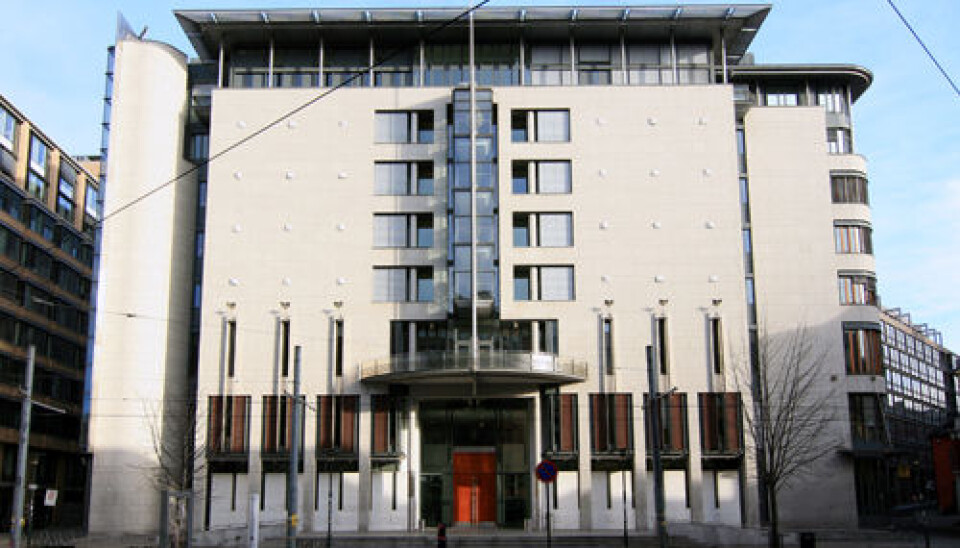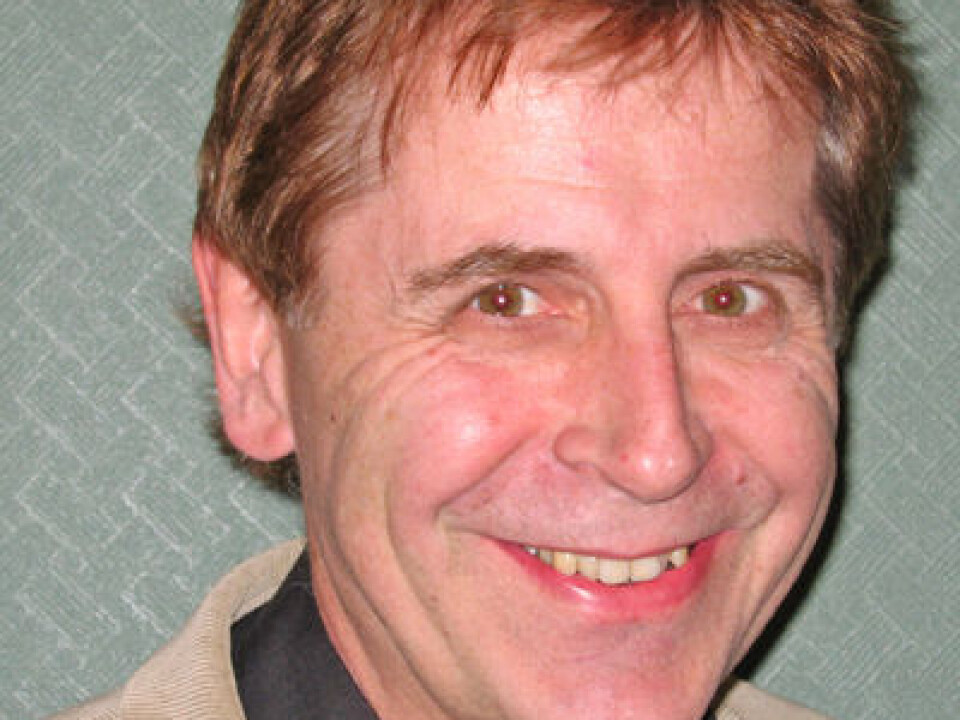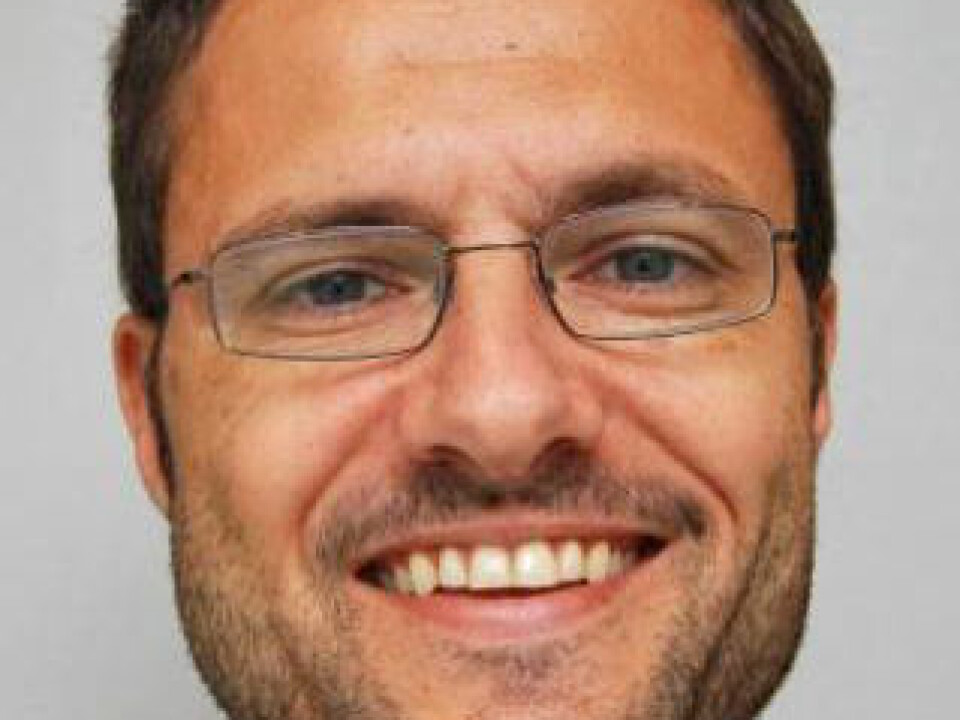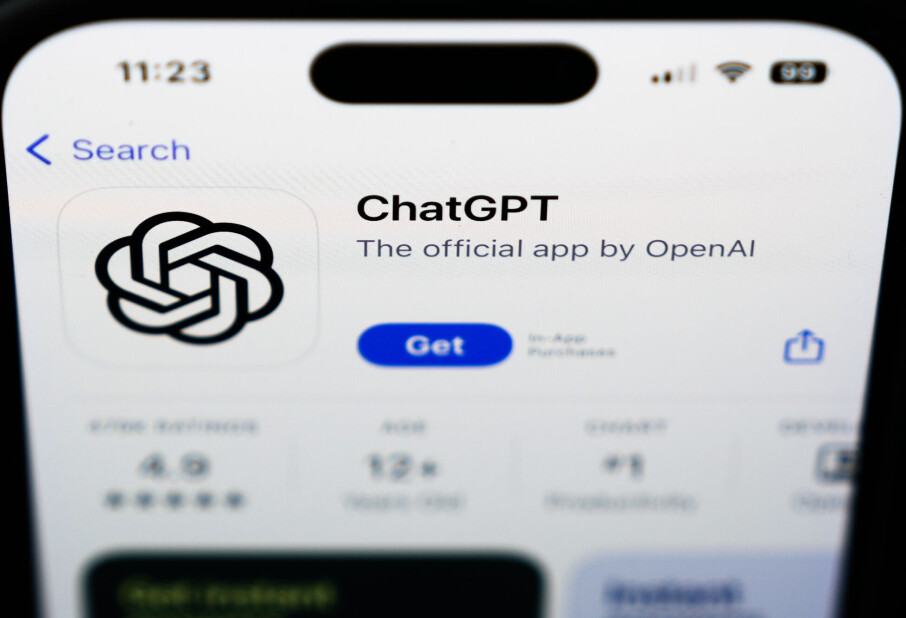
Coverage of Norwegian terrorist trial can be fatiguing
Anders Behring Breivik’s trial is receiving massive media coverage. Journalistic ethics could be put to test by pressure for a constant stream of breaking news.
Denne artikkelen er over ti år gammel og kan inneholde utdatert informasjon.
The trial of the right-wing extremist who admits to killing 77 people in a car bombing and shooting spree, but defends his actions, is on a scale unparalleled in Norwegian history since the trials of war criminals immediately after WWII.
The trial is being covered by 800 accredited journalists from around the world, working for radio, TV, the press and the digital media.
“The media’s mechanisms for showing caution are poorly developed,” says Espen Ytreberg, the head of the Department of Media and Communication at the University of Oslo.
“There’s going to be heavy pressure to fill slots,” says Associate Professor Svein Brurås, of the journalism department at Volda University College.

Every detail is reported
Ytreberg is concerned about the unintentional negative effects of such comprehensive coverage. All sorts of details might become hyped or be given disproportionate emphasis.
He thinks once an issue receives attention and focus in the media there is a general tendency to publish or broadcast any further detail, whether it’s salient and appropriate or not.
In this case it could lead to a great deal of bagatelles about Breivik’s life and activities prior to the media coverage of his two extensive terrorist attacks.

As the trial proceeds there will be a colossal amount of details for the media to feast on.
Ytreberg points out that opinion polls indicate that the impact of the massive coverage could cause the public go grow weary of the whole court case.
A lot of space to fill
Svein Brurås says the need to fill live broadcasts and write sufficient copy to fill column space could tempt some editorial staffs to compromise press ethics.
“There’s so much broadcasting time to fill. This could prove to be a pitfall and lead to gruesome details being published from the court case,” he says.
Radio and TV journalists working with live broadcasts will be under pressure to come up with news to fill their slots, even if not much is happening in the court,” he asserts.
A history of self-restraint
Brurås’s research has dealt with ethics and crime reporting. He points out that the Norwegian press has a long history of reporting murders and practicing self-restraint.
“They know how to weed out details that aren’t suitable for publishing,” he says.
Abominable killings have occurred before, even though the massiveness of this case is exceptional.
Many of the 800 journalists who are covering the case will be hunting for comments from the courtroom.
“Survivors and next of kin have different attitudes. Some have gone public with their stories and are willing to do so again. Others consider it abusing just to be asked a question by a reporter,” says Brurås.
"Let’s hope the survivors and next of kin who want to be left in peace during the trial are respected.”
Strong reactions
Next of kin must be allowed to vent some of their sorrow and emotions in court without it being broadcasted to the whole world.
He thinks surprising and dramatic episodes could occur. Then the question will be whether the media elects to refrain from reporting such matters when they have no real significance.
“Editors will be sending experienced journalists who are veterans in covering court cases. But this one is so enormous and comprehensive that surprising situations can easily crop up,” says Brurås, although he doesn’t wish to speculate or elaborate further.
Another issue is that journalists covering the case for international media can adhere to other ethical guidelines than their Norwegian colleagues. And due to their audience’s distance from Norway they will not necessarily feel the same obligations regarding the sensitivities of the terror victims.
Post-war settlements
Brurås points out that Norway hasn’t had any near-equivalent court cases since the trials of major Nazi collaborators such as Vidkun Quisling, Henry Rinnan and a few other war criminals right after World War II.
“Of course the media situation was totally different back then," says Brurås. "But we see now how important it is for the press to cover such cases.”
Media coverage from those days has become vital historic documentation. Live and direct broadcasts and podcasts were not available then.
First or best?
Several media outlets will be publishing more or less directly on the web in what will resemble a live transcript of the court proceedings.
Journalists will have to confront themselves and make weighty decisions here, says Ytreberg.
He believes that if they give priority to live coverage rather than holding back, journalists will soon come into conflict with imperatives for news items to be handled editorially, edited, rather than served in raw form.
No control of the total impact
The expected scope of media coverage points to one side of the modern media picture that’s especially hard to regulate.
It’s well known that nobody is responsible for the total impact of mass media coverage of an issue. Each online news service, TV station or other media outlet is responsible for its own decisions only; no-one is responsible for the combined media effect.
“Obviously the aggregate amount of coverage is outside the media’s control. This is an aspect of media that the media has no way of regulating,” says Ytreberg.
He points out that there are many mechanisms for awarding journalists and editorial staff for great efforts in pursuing a story. But no comparable prizes are available for restraints and taking the ethical high road by limiting coverage of, or killing, a story.
Translated by: Glenn Ostling






























